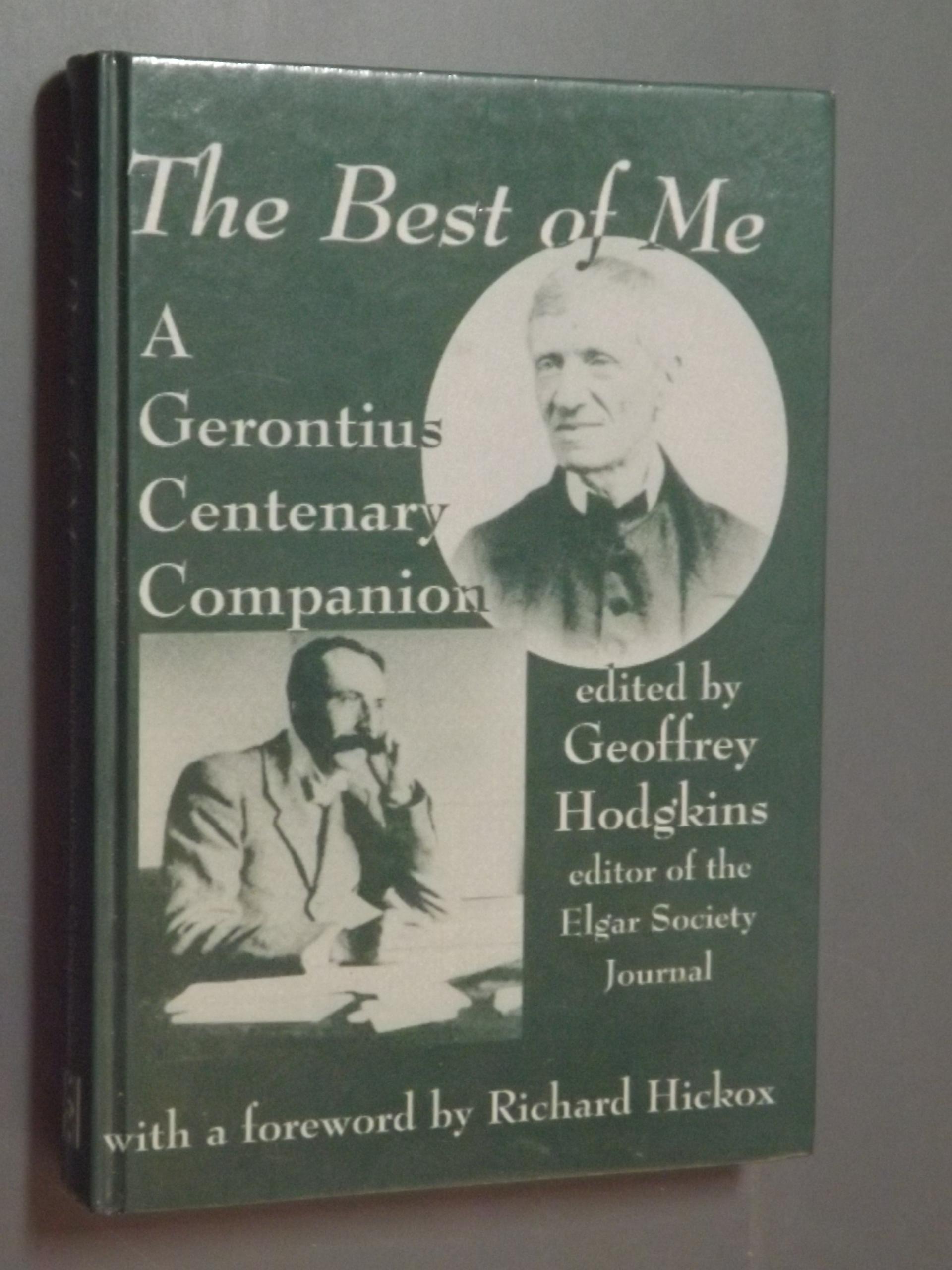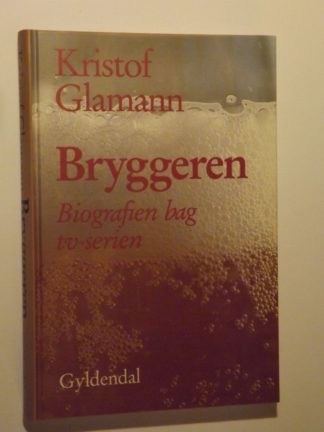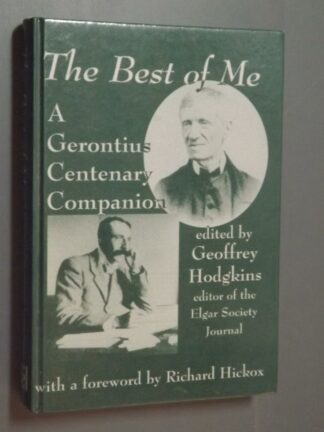Beskrivelse
How did Edward Elgar, a provincial violin teacher without any formal training in composition, write a choral masterwork–The Dream of Gerontius–that has become a classic, performed more often in his native Britain than any other choral work except The Messiah? This book tells how Elgar came to write Gerontius, describes the work’s first performance in Birmingham in 1900, recounts its subsequent history and explores the reasons for its continuing appeal. Edited by Geoffrey Hodgkins, the book combines materials from contemporary and archival sources with newly commissioned articles. The thirty selections range from an intimate description of the Elgars at home at Birchwood Lodge, where much of Gerontius was composed, to a scholarly account of the libretto by Harvard musicologist Charles E. McGuire and a musical analysis by Andreas Friesenhagen. There are memories of the Birmingham premiere by William Bennett, who sang in the chorus that day, and reviews of early performances. Critic Neville Cardus describes the unique style of recitative Elgar employs in Gerontius. John Barbirolli, one of the work’s greatest interpreters, offers his views in a 1965 essay. Walter Essex compares recorded interpretations by Barbirolli, Adrian Boult, Benjamin Britten, Yevgeny Svetlanov, Simon Rattle and others. In a closing article, Elgar biographer Michael Kennedy examines the place of Gerontius in British music today. Illustrated with more than 90 drawings and photographs, this is a book that both performers and listeners can learn from and enjoy.




